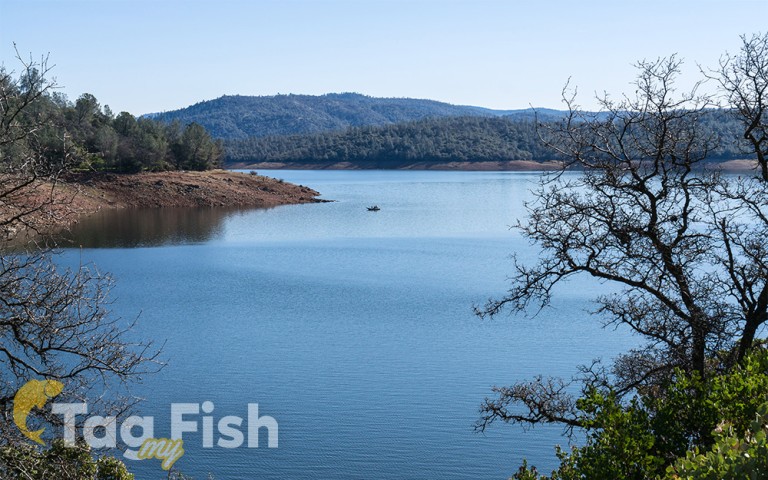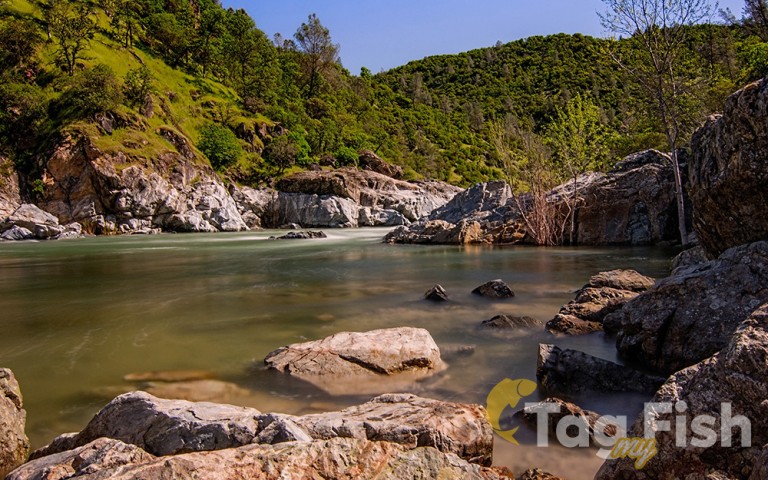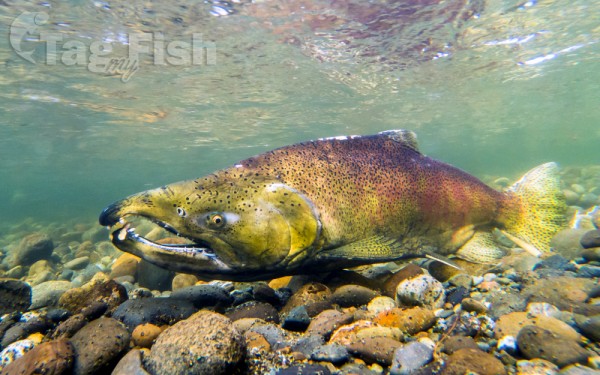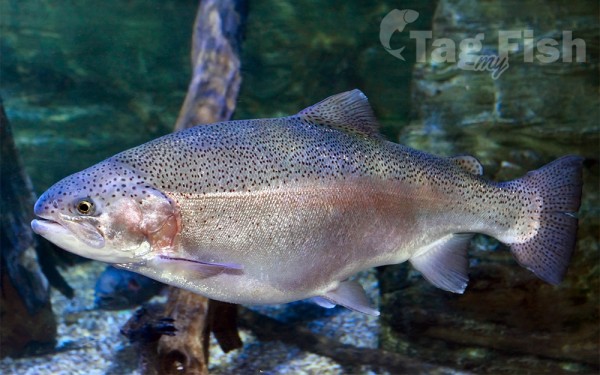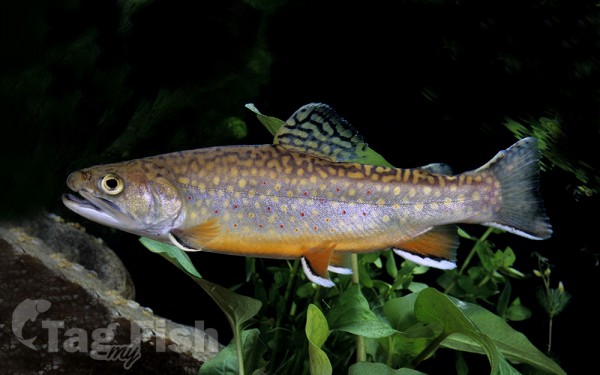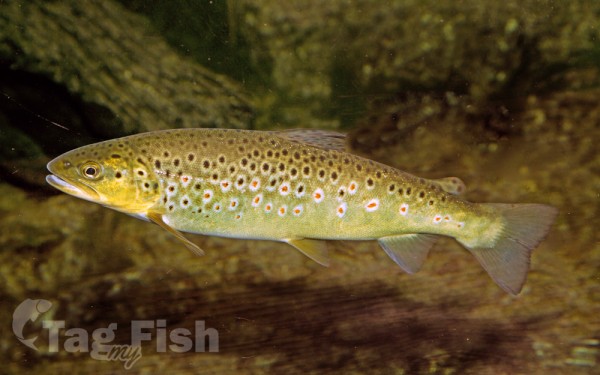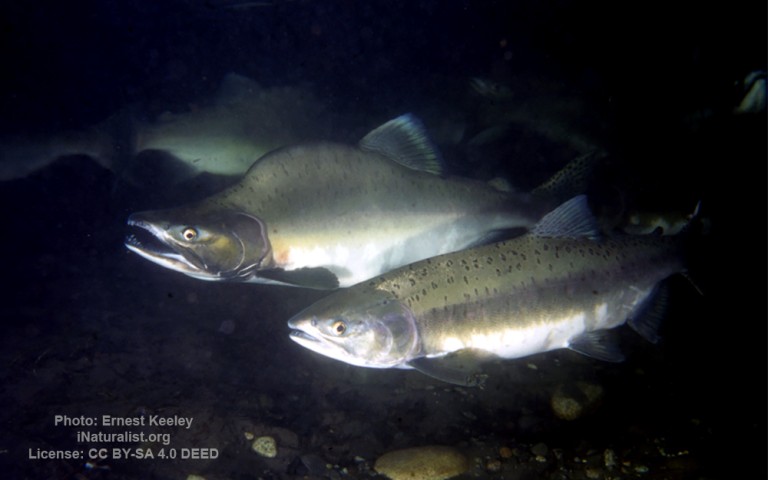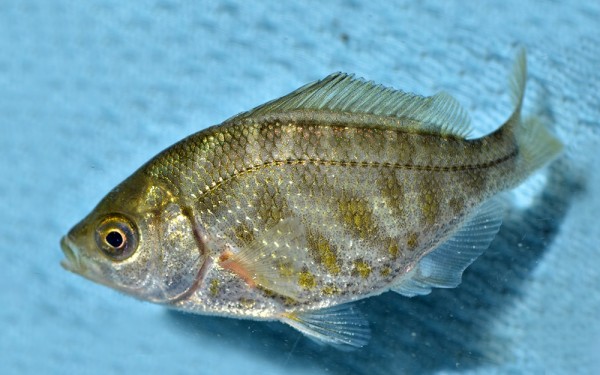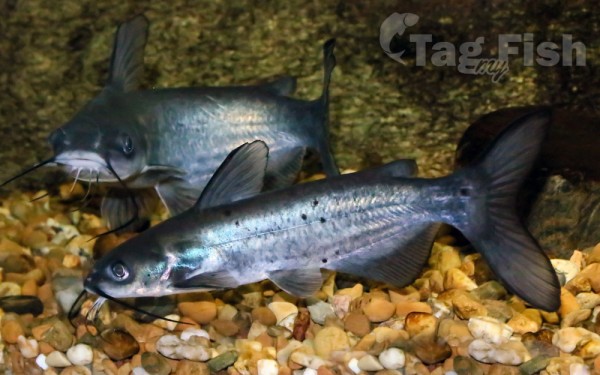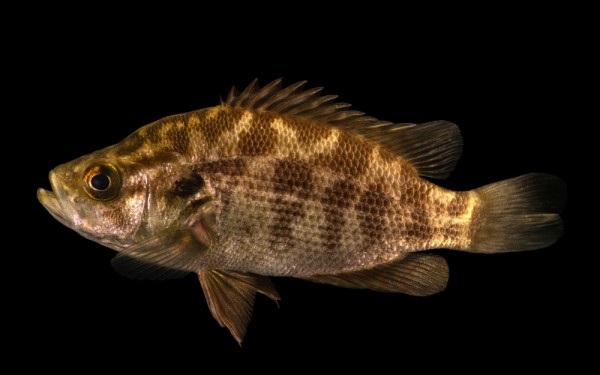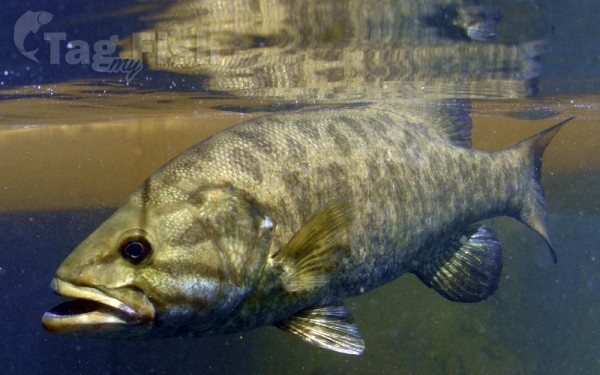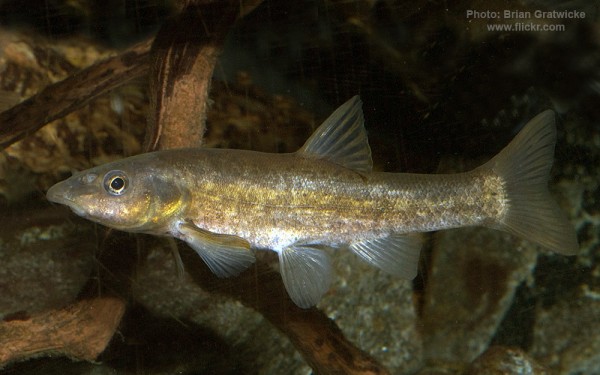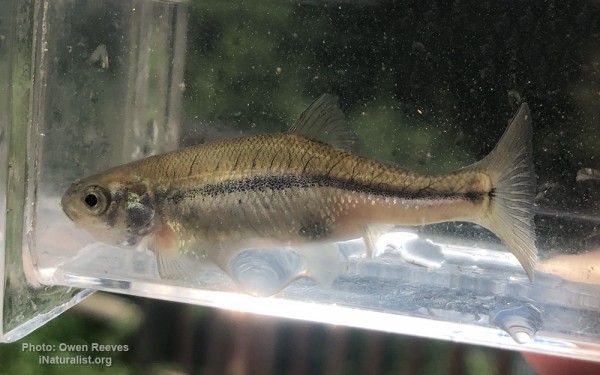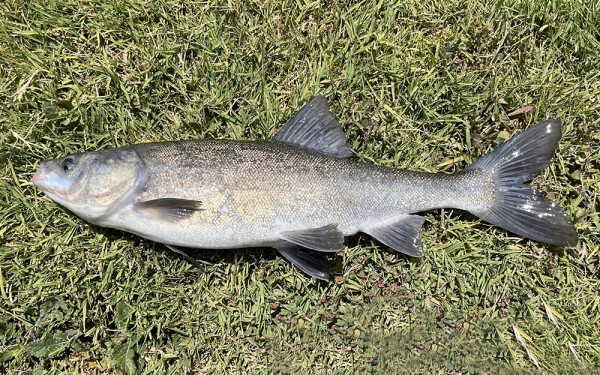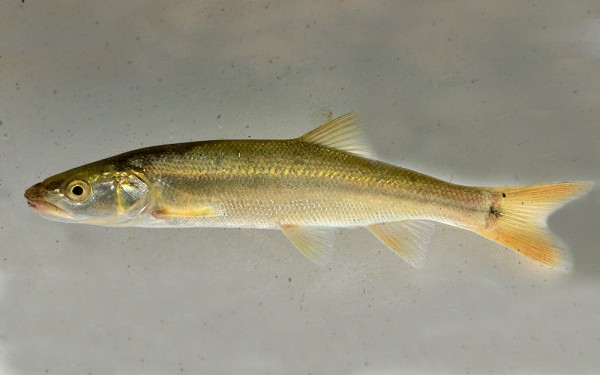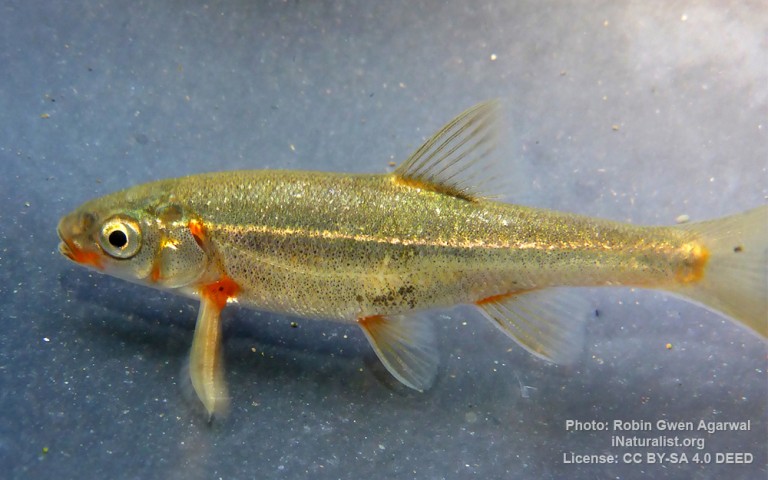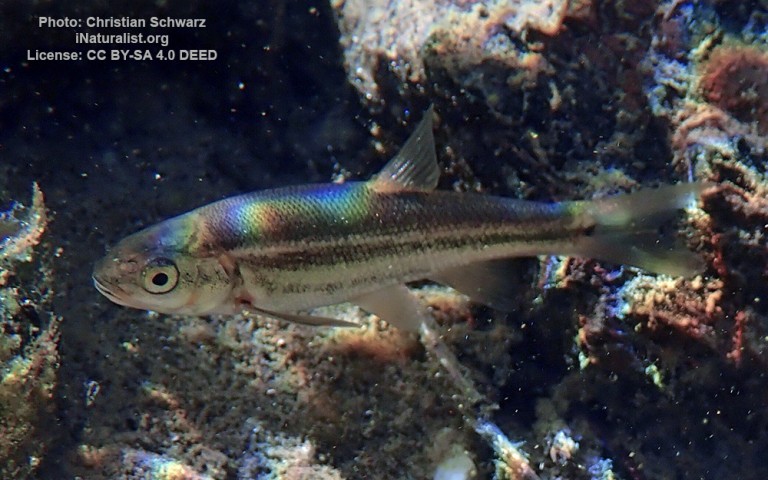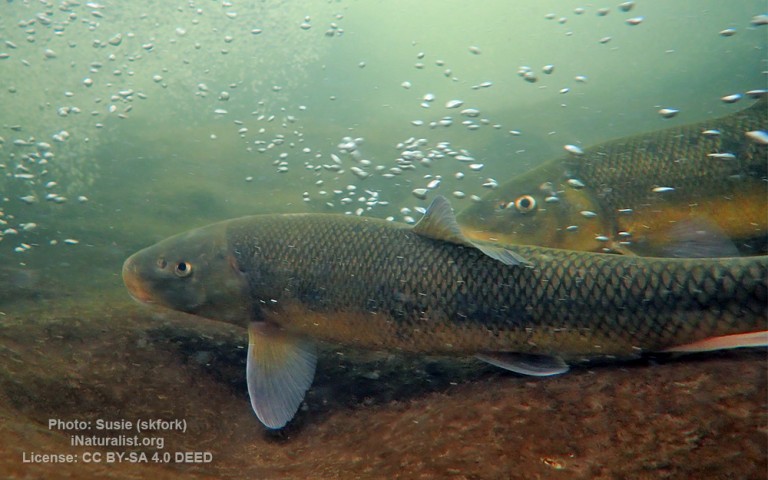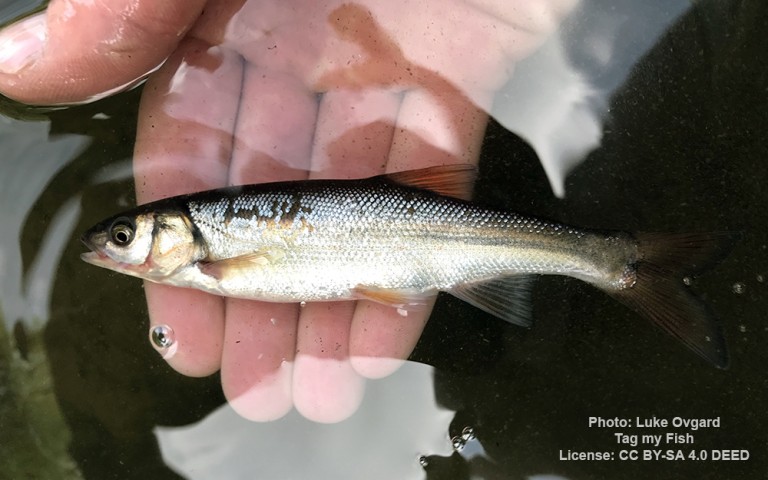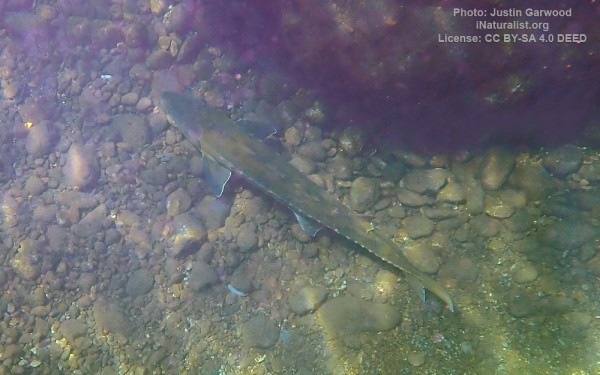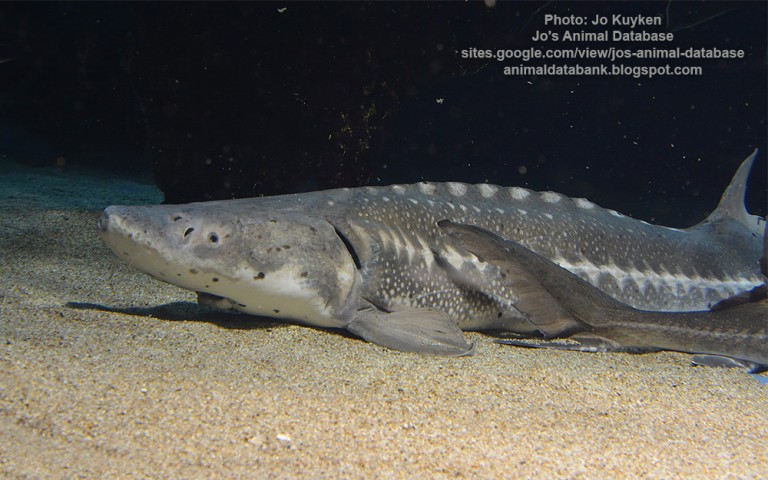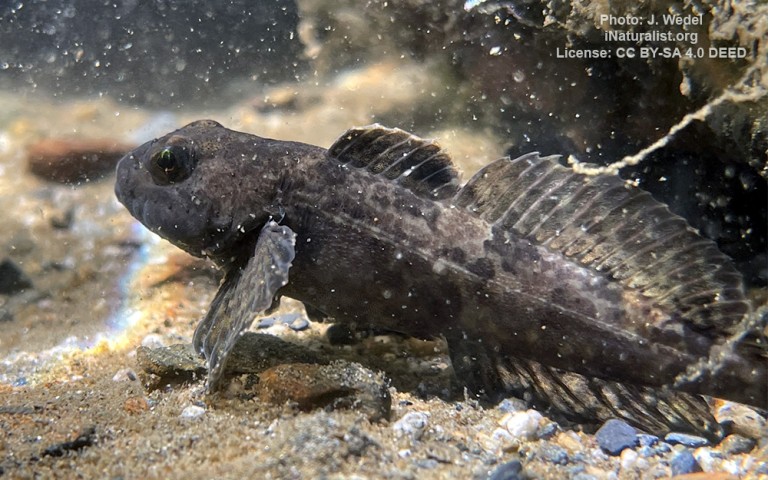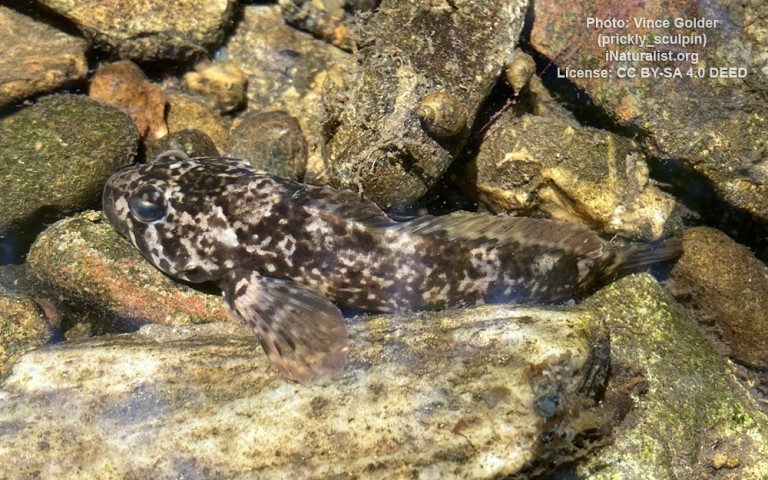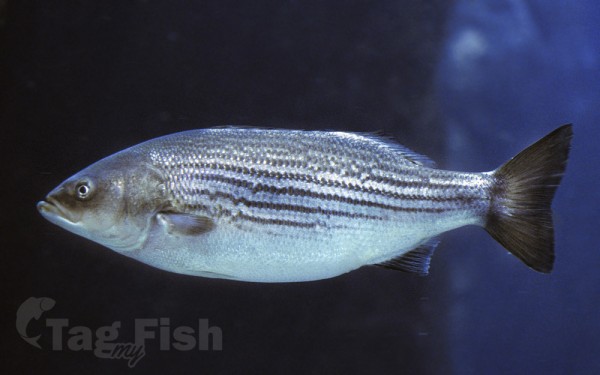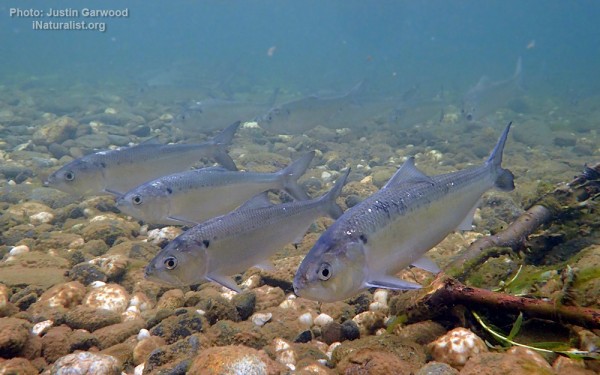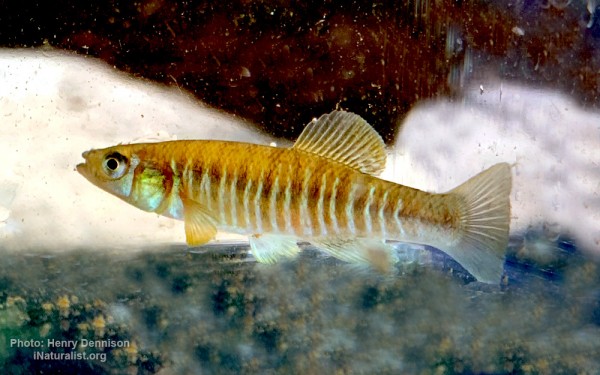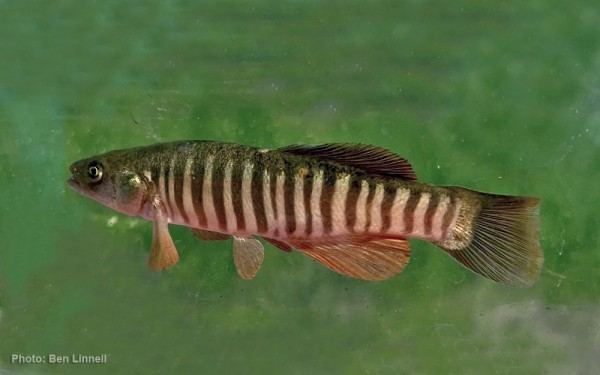Feather River
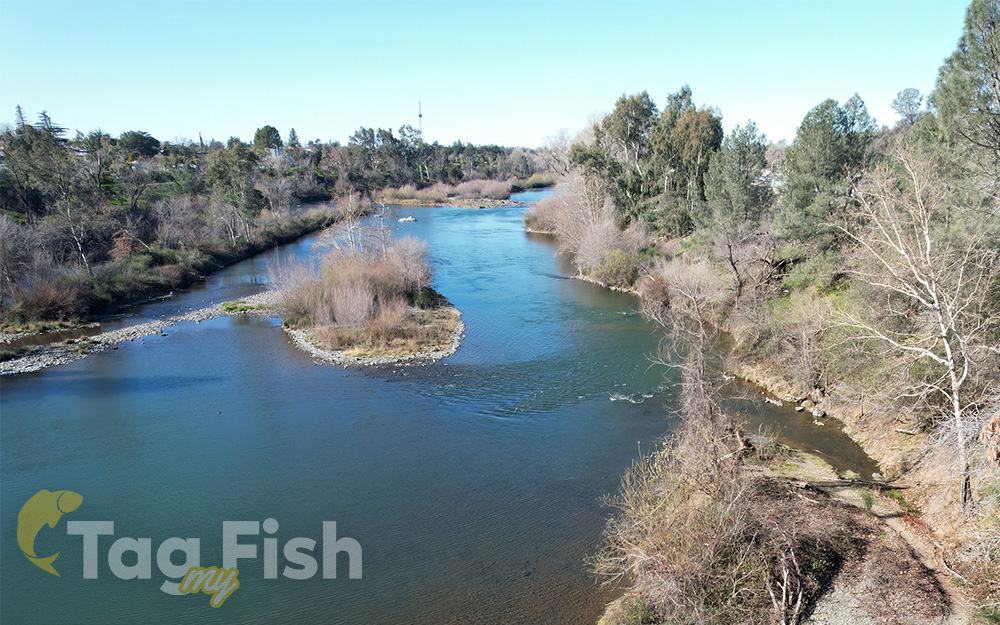
Salmoniformes - Salmons and Trouts
Salmoniformes - Salmons and Trouts
Perciformes - Perches
Siluriformes - Catfishes
Centrarchiformes - Basses and sunfishes
Cypriniformes - Carps
Acipenseriformes - Sturgeons and Paddlefish
Scorpaeniformes - Mail-cheeked fishes
Moroniformes - Temperate basses
Clupeiformes - Herrings
Cyprinodontiformes - Toothcarps
Salmoniformes - Salmons and Trouts
Perciformes - Perches
Siluriformes - Catfishes
Centrarchiformes - Basses and sunfishes
Cypriniformes - Carps
Acipenseriformes - Sturgeons and Paddlefish
Scorpaeniformes - Mail-cheeked fishes
Moroniformes - Temperate basses
Clupeiformes - Herrings
Cyprinodontiformes - Toothcarps
The Feather River is the largest tributary to the Sacramento River. It originates in the Sierra Nevada mountain range and flows 211 miles from its headwaters to Verona, where it meets the Sacramento River.
Currently, only 64 miles of this habitat is available to anadromous fish. This includes the area downstream of Oroville Dam, where the watershed extends south and includes the drainage of the Yuba and Bear rivers. In the 1960s Oroville Dam was constructed for water supply, hydroelectric, and flood control purposes. It is the tallest dam in the country at 770 feet.
Fish passage is blocked at the fish barrier weir adjacent to the Feather River Hatchery, a few miles downstream of Oroville Dam. Because Oroville Dam prevents migrating salmonids from reaching spawning and rearing habitat in the upper watershed, the Feather River Hatchery was established to supplement populations of Chinook salmon and steelhead.
Hatchery production of Central Valley spring-run Chinook salmon is for conservation purposes with the goal of conserving genetic characteristics specific to Feather River spring-run Chinook salmon. Hatchery production of fall-run Chinook salmon is for mitigation, so that Chinook salmon can continue to be sustainably harvested both commercially and recreationally. The hatchery produces California Central Valley steelhead both for conservation and as mitigation to sustain California’s steelhead fishing opportunities.
